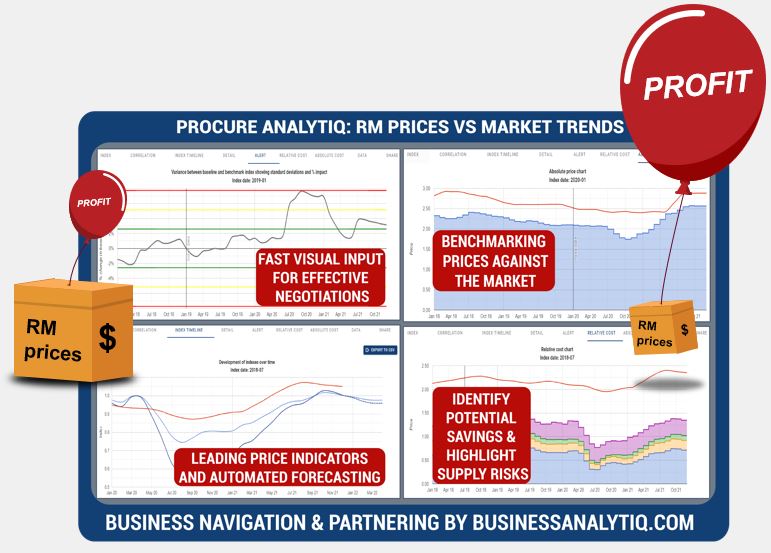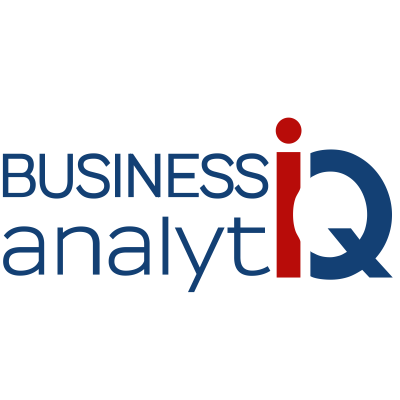Anthracite coal price April 2024 and outlook (see chart below)
- North America:US$0.24/KG, unchanged
- Europe:US$0.41/KG, 5.1% up
- Africa:US$0.3/KG, 3.4% up
- Northeast Asia:US$0.18/KG, -5.3% down
- Australia:US$0.18/KG, unchanged
Business Analytiq assumes no responsibility or liability for any errors or omissions in the content of this site. The information contained in this site is provided on an “as is” basis with no guarantees of completeness, accuracy, usefulness, fitness for purpose or timeliness.
Anthracite Coal price index
This post is a summary of the Anthracite Coal price index developments since 2018. The price developments of Anthracite coal are expressed as a price index over time in US$, converted at current FX rates at the time. Anthracite Coal price index developments are calculated from multiple separate sources of data to ensure statistical accurate
Further information on the Anthracite Coal price index
What is anthracite coal
Anthracite coal is a type of coal that is composed of nearly pure carbon. It is a hard, lustrous, and black coal that is known for its high heating value and low sulfur content. Anthracite coal is a form of coal that has undergone a process of coalification, which involves the transformation of plant material into coal through the action of heat and pressure over millions of years.
Anthracite coal is a high-quality fuel that is used for a variety of purposes, including heating, electricity generation, and industrial processes. It is less common than other types of coal, such as bituminous coal and lignite coal, and is typically found in smaller deposits. Anthracite coal is known for its high energy content and low levels of impurities, and it is often used as a premium fuel in certain applications.
Overall, anthracite coal is an important energy resource that is used for a variety of purposes due to its high heating value and low levels of impurities.
Where is anthracite coal found
Anthracite coal is a type of coal that is found in small deposits around the world. It is typically found in regions that have a history of coal formation, such as in North America, Europe, and Asia. In the United States, anthracite coal is primarily found in the Appalachian Mountains region, which stretches from eastern Pennsylvania to Alabama. Other countries that have significant deposits of anthracite coal include Russia, China, and South Africa.
Anthracite coal is typically found in smaller deposits than other types of coal, such as bituminous coal and lignite coal. It is also found at greater depths than other types of coal, and it is often more difficult and expensive to extract. As a result, anthracite coal is less common than other types of coal and is typically used as a premium fuel in certain applications.
What is anthracite coal used for
Anthracite coal is a hard, black, lustrous coal that is used primarily for residential and commercial space heating. It is also used in the production of electricity and as a fuel for blacksmithing and forging.
Anthracite coal is typically used as a substitute for oil and gas in home heating systems and has a high energy content, low sulfur content, and relatively low cost compared to other types of coal. It is also used in power plants and industrial boilers to generate electricity and as a fuel in various industrial processes.
Despite its many uses, the use of anthracite coal has declined in recent years due to concerns about air pollution and the availability of alternative energy sources such as natural gas and renewable energy.
How big is the anthracite coal market
The market for anthracite coal has declined significantly in recent years due to increasing concerns about air pollution and the availability of alternative energy sources such as natural gas and renewable energy.
According to the U.S. Energy Information Administration (EIA), anthracite coal made up less than 1% of total U.S. coal production in 2020. In comparison, bituminous coal, which is a lower-grade coal, made up about 45% of total U.S. coal production in the same year.
The global market for anthracite coal is also relatively small, with China being the largest producer and consumer of the coal. However, China has also been reducing its reliance on coal in favor of cleaner energy sources, leading to a decline in the global demand for anthracite coal.
Overall, the market for anthracite coal is expected to continue to decline in the coming years as countries and companies transition to cleaner energy sources.
According to https://oec.world/ :
Anthracite, not agglomerated are the world’s 819th most traded product.
In 2020, the top exporters of Anthracite, not agglomerated were Russia ($1.81B), Australia ($671M), China ($239M), Indonesia ($132M), and Vietnam ($124M).
In 2020, the top importers of Anthracite, not agglomerated were Japan ($552M), South Korea ($464M), China ($421M), Vietnam ($328M), and India ($171M).
Further reading
- Wikipedia for general, history, production and usage information
- PubChem for chemistry and property information
Business Analytiq
BE THE FIRST TO SEE RISK AND OPPORTUNITY!
BusinessAnalytiq provides unlimited market trend data and an online tools to track market developments, key benchmarks & leading indicators.
BusinessAnalytiq leads to price visibility, better negotiations, easier budgeting and forecasting, lower raw material prices, and improved better internal and external communication. BusinessAnalytiq will decrease risk and higher profit.

Where does the data come from?
- The source of the data are exclusively public non-confidential sources. We have no access to primary data
- This the index trend of the price trend of the "product category" in general, and not a single specification of the product in particular
- The data is a combination of contract and spot pricing
- Our algorithms are set up to eliminate significant product mix impact on the reported price
- We combine public publications, import/export records, trading prices, company announcements, magazine articles, tweets, and other sources of ad-hoc public information.
- The chart shows the our best approximation of the market trend based on our algorithm interpretation of the signals
- For most indexes we have multiple sources and we focus on using statistically-correlated sources
- As a function of our automation, it is likely that recent trends will be adjusted as we discover more information. So, for example, the price trend for February 2024 will be first calculated in February 2024 and adjusted in March, April and May 2024.
- We will update the data trend as more information becomes available, and this means that recent trends will always be adjusted as we get more data available
- The algorithm will regularly revise our understanding of market trends, and indicated market trends may change
- The data is presented in US$. The UOM of measure is shown in the Index list table
- Our automated software and we do our best to create an accurate representation of the trend
Where does the data NOT come from?
- We do not purchase data from any other source and republish it.
- We will not purchase data from any other source and republish it
- We do not extrapolate trends, even for the forecast. We look for other market signals and leading indicators
What data should our company use?
- If you are making decisions driving significant share of profit, we always recommend that you buy data from the companies who invest in direct primary market access such as ICIS, amongst many others
- Our data, at best, represents an estimate of the market trend based on public information
- We have no direct access to the market, and we do not interview suppliers and customers
- Our automated analysis tools in the online software are set up to combine our data with other sources of data
- We do not recommend that you use our data for direct price mechanisms, as we may change and improve the data trends over time, including historical data
What does the quality indication in the main menu mean?
- Quality level A: Data is from a reliable and confirmed source
- Quality level B: Data is from multiple credible sources and there are no major statistical inconsistencies between them
- Quality level C: Data is from multiple credible sources and there are some statistical inconsistencies between them
- Quality level D: Data is from a single credible source, but we cannot verify the data
- Quality level E: Data is either:
- From a single source, which we consider reliable, but we cannot verify the data.
- From 2 or more sources which have some periods of contradicting trends.
- Quality level F: Data is from a single source which we consider indicatively correct, but the data is anecdotal and we cannot verify the data.
What are the disclaimers?
- We assume no responsibility or liability for any errors or omissions in the content of this site.
- The information is provided on an “as is” basis with no guarantee of completeness, accuracy, usefulness, fitness for purpose or timeliness.
- By their nature, outlooks are always uncertain
How often do we update the data?
- We aim to update the data series on the 9th and 24th of each month (but we do not always make it for each chart)
- The data for the current month and recent history are fine-tuned over time.
What are we doing to improve the data?
- We are continually improving our data collection and processing methods
- Pricing data will be updated from time to time as we improve the accuracy
- We are reviewing all data sources in the first half of 2024.
- There will be continuous fine-tuning of the trend and forecast algorithm as part of that.
- The key focus in 2024 is to add many additional indexes
How can i give feedback on the data or request for new indexes
- Feel free to contact us if you have a specific request. You can reach us via the Contact us page

